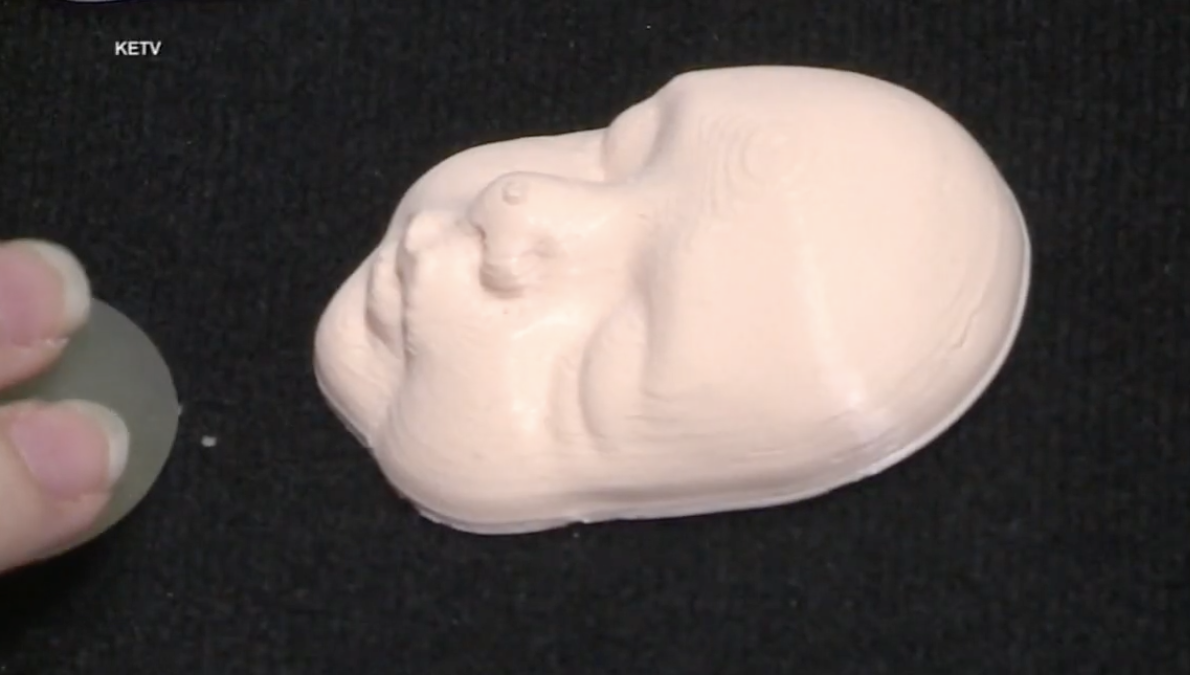
In…shocking news, one of the more frightening water animals you may ever encounter has been found to have the ability to change the DNA in animals they hunt.
Electric eels have always been known to have the power to stun its prey, but researchers in Japan have revealed they can do much more than that.
The Smithsonian reports:
In the lab, researchers regularly use electricity to deposit medicine, DNA, bacteria or other substances into cells. This process is known as electroporation, and it works by creating temporary openings, or pores, in cell membranes that the DNA can enter through. Scientists use electroporation for a range of applications, from developing new vaccines to creating genetically modified plants.
Now, researchers have discovered that electric eels may be causing the same phenomenon to occur in nature. In the lab, these unusual creatures can release enough electricity to genetically modify nearby fish larvae, scientists report this month in PeerJ—Life and Environment.
Electric eels have very poor eyesight, so to navigate their freshwater surroundings, they emit a weak electrical signal that functions like radar. When they come across a tasty morsel, such as a fish or a crustacean, they produce a high-voltage electrical discharge to stun their prey. The eels can release up to 860 volts of electricity, making them the most electric animals on Earth.
Scientists in Japan wondered whether these electric shocks might be enough to cause electroporation and, thus, affect the cells of nearby creatures. Bodies of water are full of environmental DNA, also known as eDNA, or tiny amounts of genetic material shed by plants and animals. Some of this eDNA, they hypothesized, might be making its way into the cells of other organisms, courtesy of the eels.
The study’s co-author, Atsuo Iida, an aquatic life scientist at Nagoya University, wrote he “realized that electric eels in the Amazon River could well act as a power source, organisms living in the surrounding area could act as recipient cells and environmental DNA fragments released into the water would become foreign genes, causing genetic recombination in the surrounding organisms because of electric discharge.”
Other studies have observed a similar phenomenon occurring with naturally occurring fields, such as lightning, affecting nematodes and soil bacteria. Iida is very excited about the possibilities of electric field research in living organisms. He believes these effects are beyond what conventional wisdom can understand. He said, “I believe that attempts to discover new biological phenomena based on such “unexpected” and “outside-the-box” ideas will enlighten the world about the complexities of living organisms and trigger breakthroughs in the future.”
Electric eels (Electrophorus electricus) are fascinating aquatic creatures. Found in the freshwater rivers and streams of South America, the electric eel’s electric organ, which makes up the majority of its body, is composed of thousands of specialized cells called electrocytes. By rapidly discharging these cells, electric eels can generate electric voltages.









